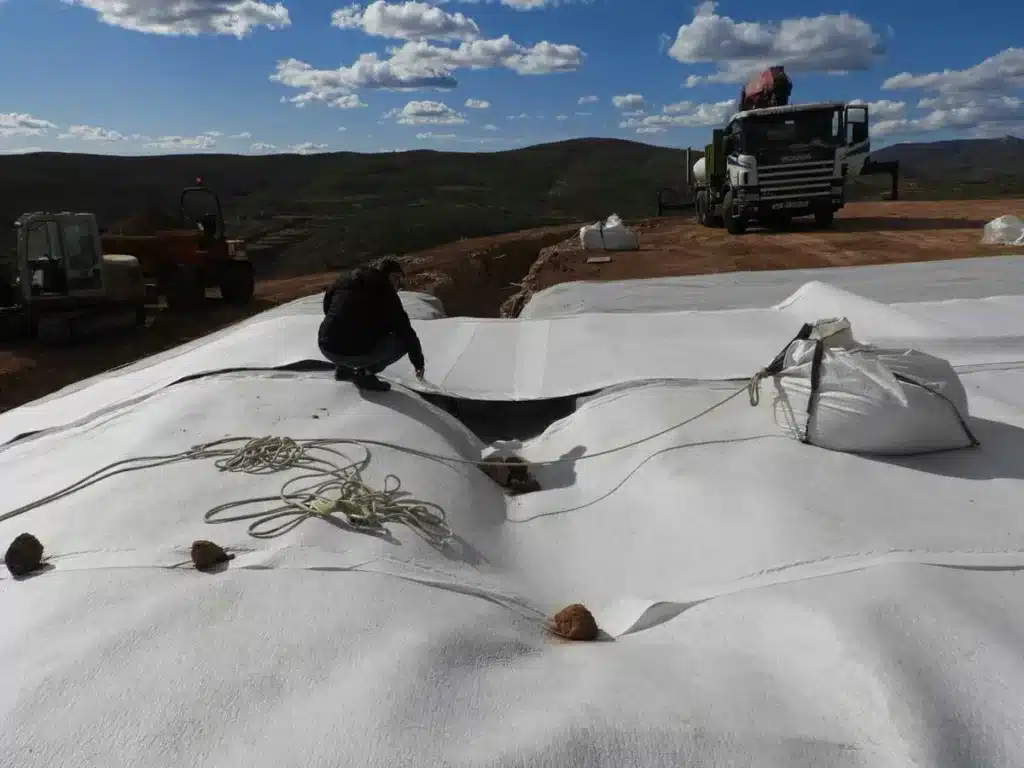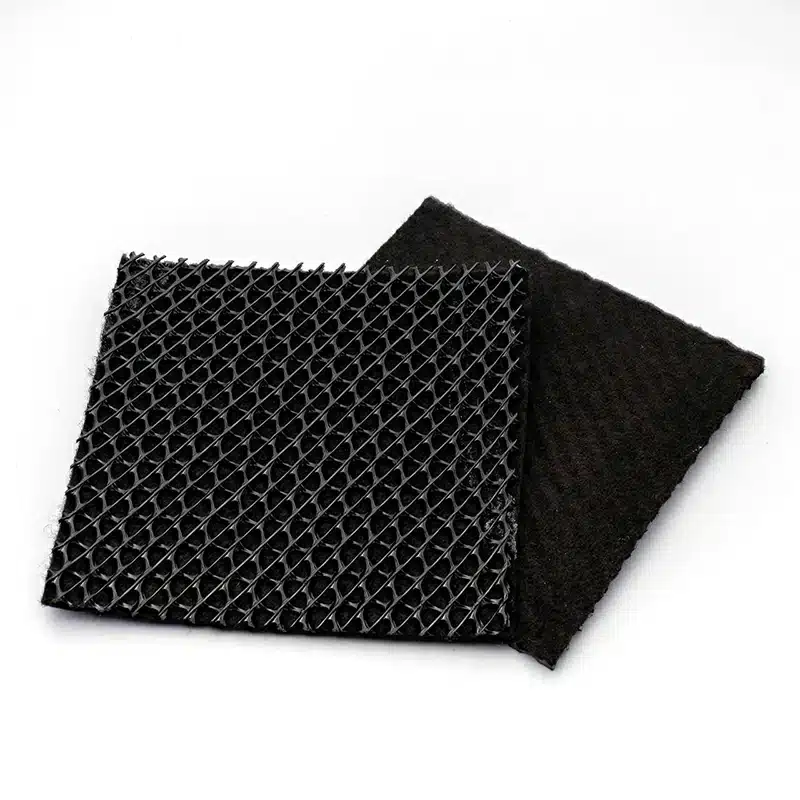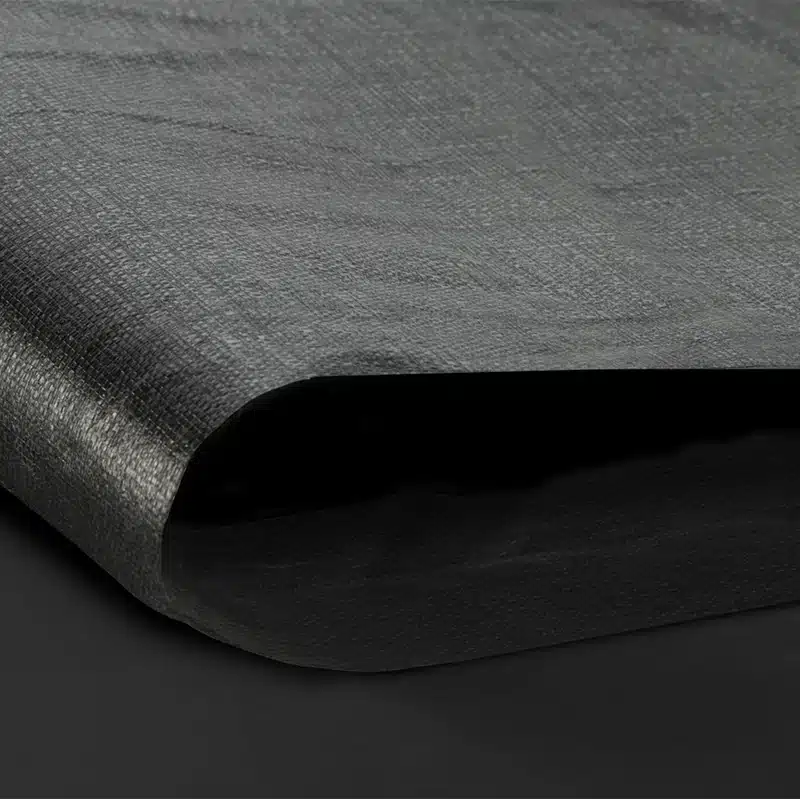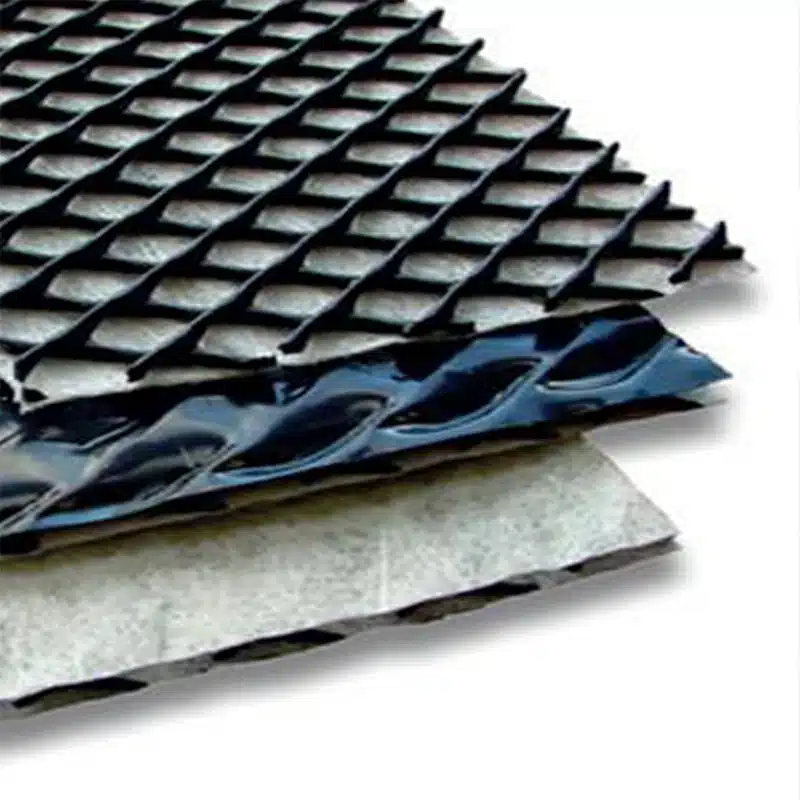+86-159 9860 6917
info@geofantex.com
geofantex@gmail.com
+86-400-8266163-44899
This article delves into geocomposite retaining walls and focuses on the crucial elements of geotextile and fabric. We’ll answer critical questions about their use and purpose, providing valuable insights for your construction projects.

Can geotextile be used in retaining walls?
The use of geotextiles for reinforcing soil-retaining walls offers advantages over alternatives like metallic strips or geogrids. Geotextiles are frequently employed in geocomposite retaining walls for tasks such as erosion prevention, water filtration, and structural reinforcement. They enhance wall durability and integrity by separating soil layers and ensuring effective drainage.
What is the purpose of Geofabric in retaining wall construction?
Geofabric, also referred to as geosynthetic fabric, is essential in geocomposite retaining walls. It acts as a protective shield against soil particles, ensuring there’s no clogging while promoting proper separation, drainage, and filtration. Additionally, geofabric contributes strength to the wall, preventing soil deformation and ensuring stability.
How do geocomposite retaining walls compare to traditional retaining walls?
Geocomposite retaining walls have several advantages over traditional alternatives. They are often more cost-effective and environmentally friendly, promoting soil stability and vegetation growth. Additionally, geocomposite walls offer greater design flexibility and adaptability to various terrains.
Can geocomposite retaining walls be used in environmentally sensitive areas?
Yes, geocomposite retaining walls are suitable for environmentally sensitive areas. Their use of geotextiles and geofabrics encourages vegetation growth, making them an eco-friendly choice. By stabilizing soil and controlling erosion, these walls can contribute to the protection of fragile ecosystems and natural surroundings.
In conclusion, geocomposite retaining walls are versatile and effective solutions for various construction projects. Geotextiles and geofabrics play integral roles in enhancing their performance by improving drainage, soil stability, and structural integrity. When considering retaining wall options, weighing the benefits of geocomposite systems, especially in environmentally sensitive areas, is essential as they offer a sustainable and cost-efficient solution.



Get Free Sample
We’ll respond as soon as possible(within 12 hours)






















